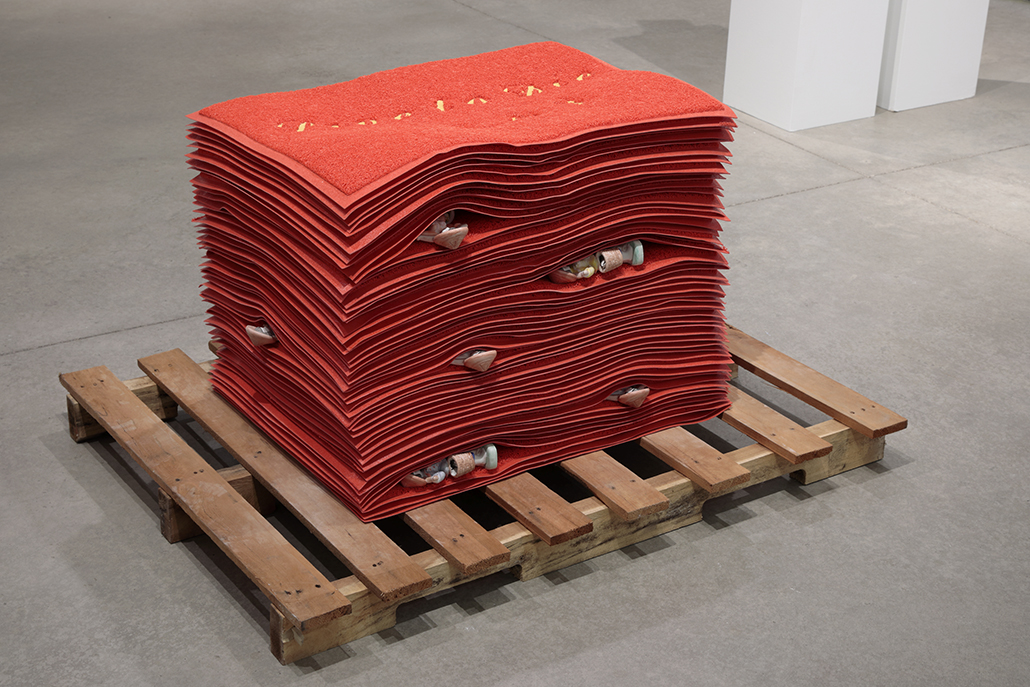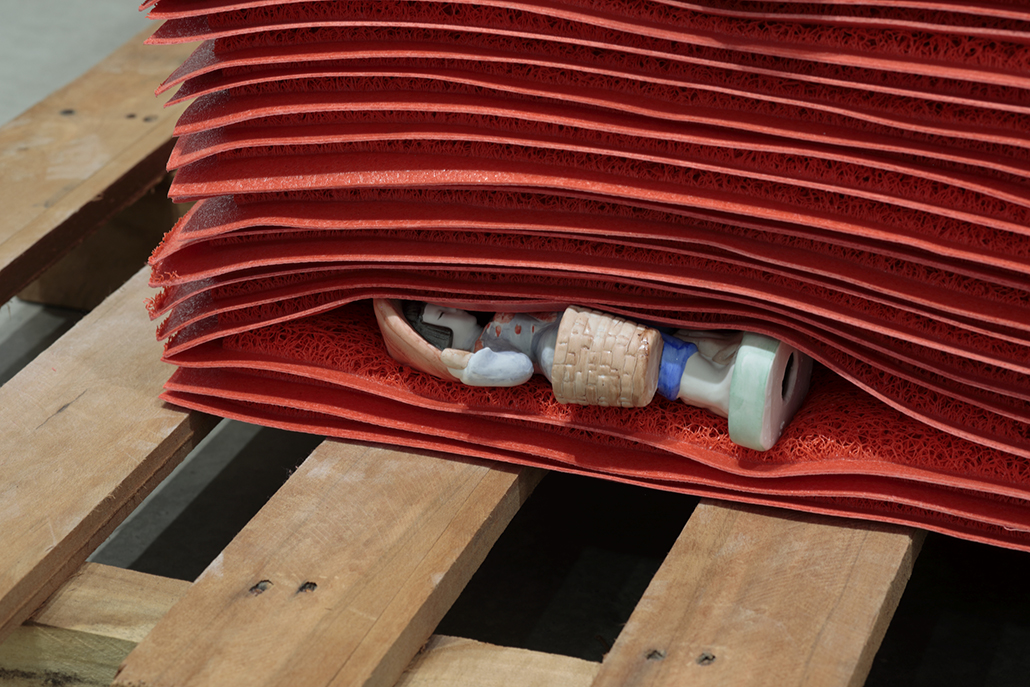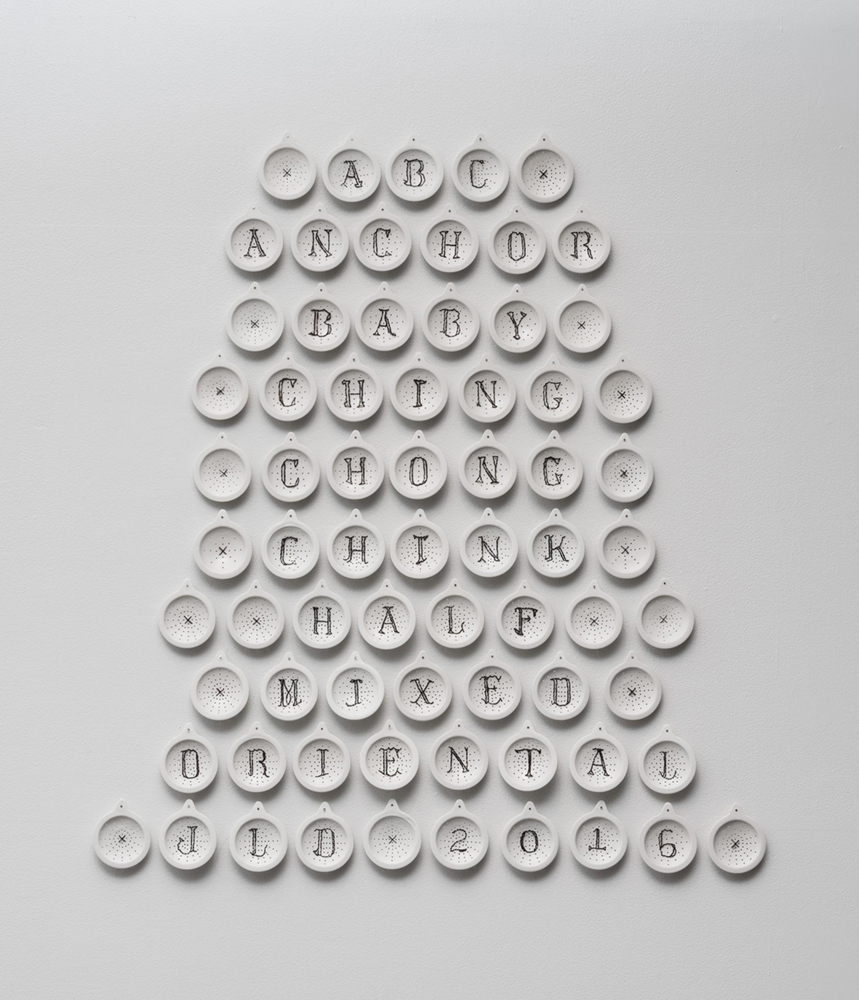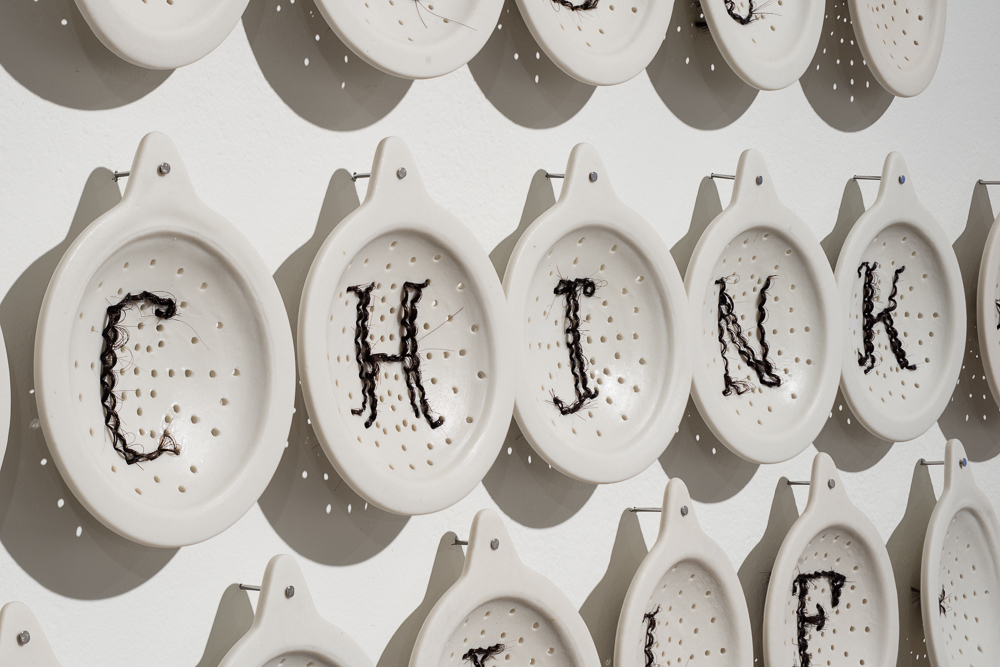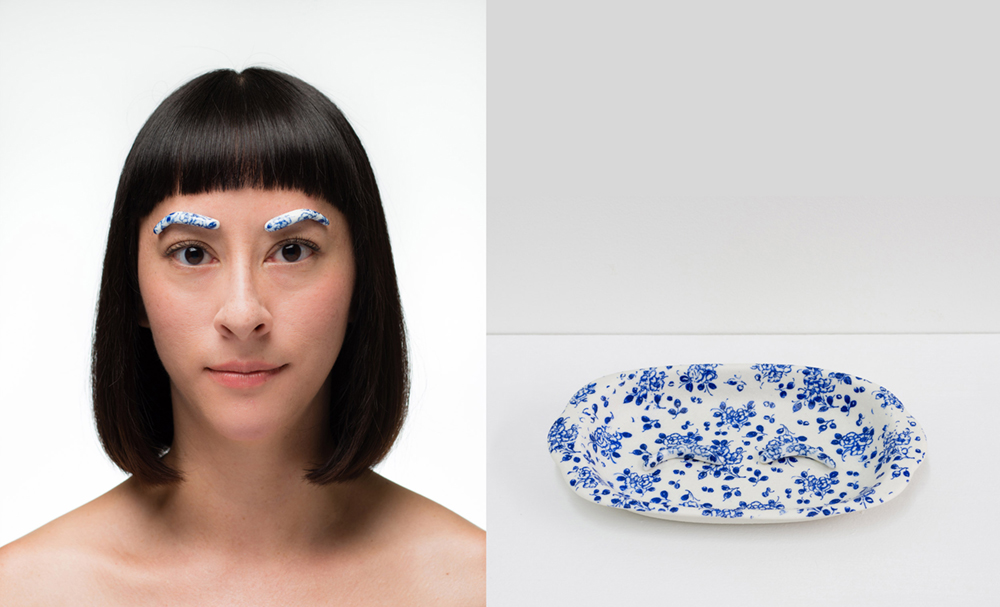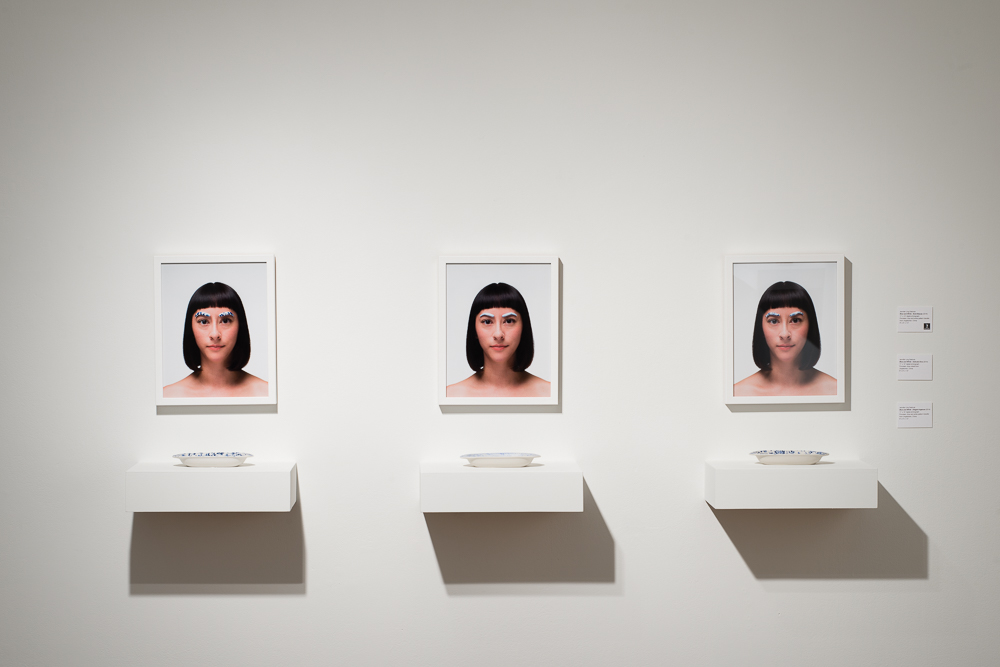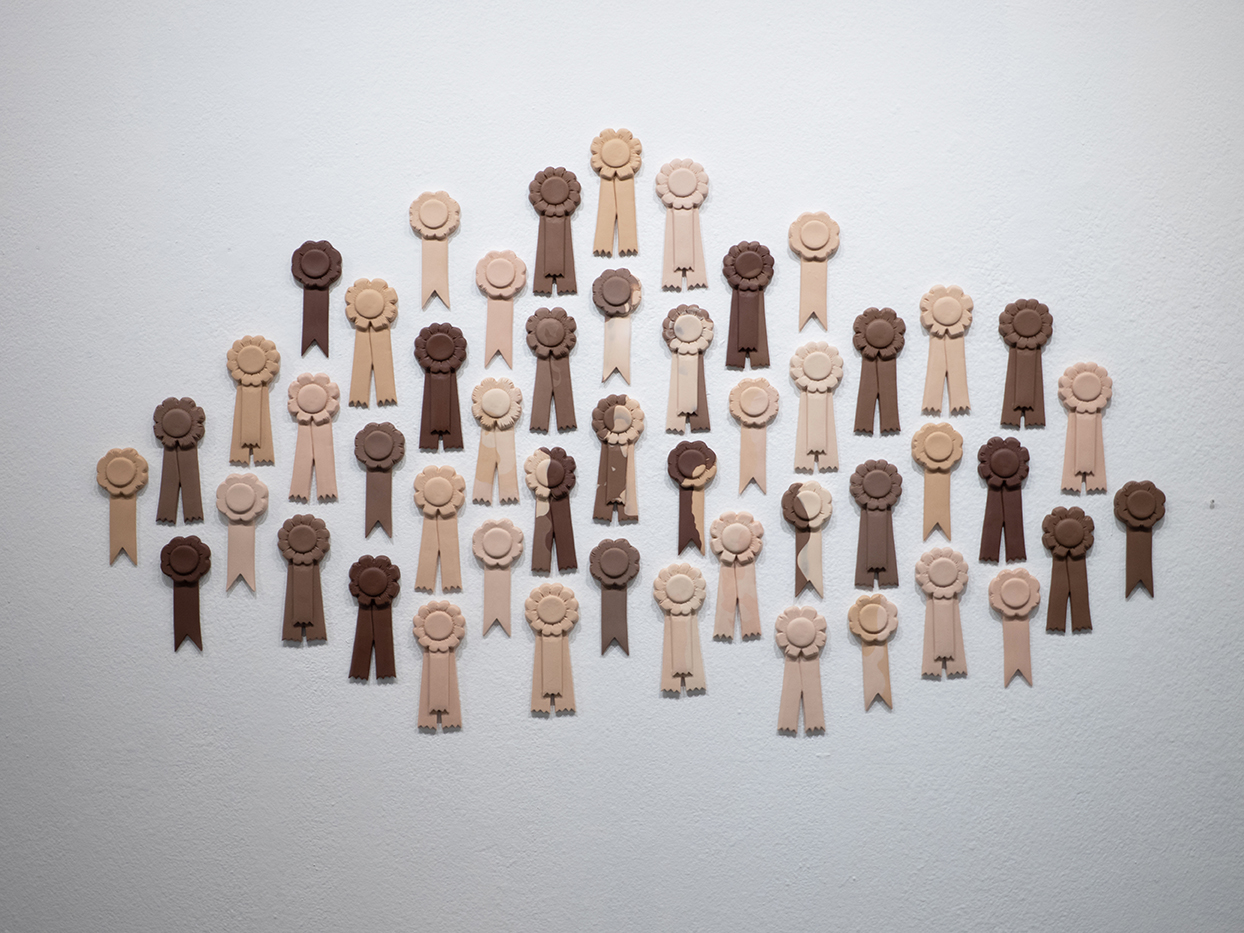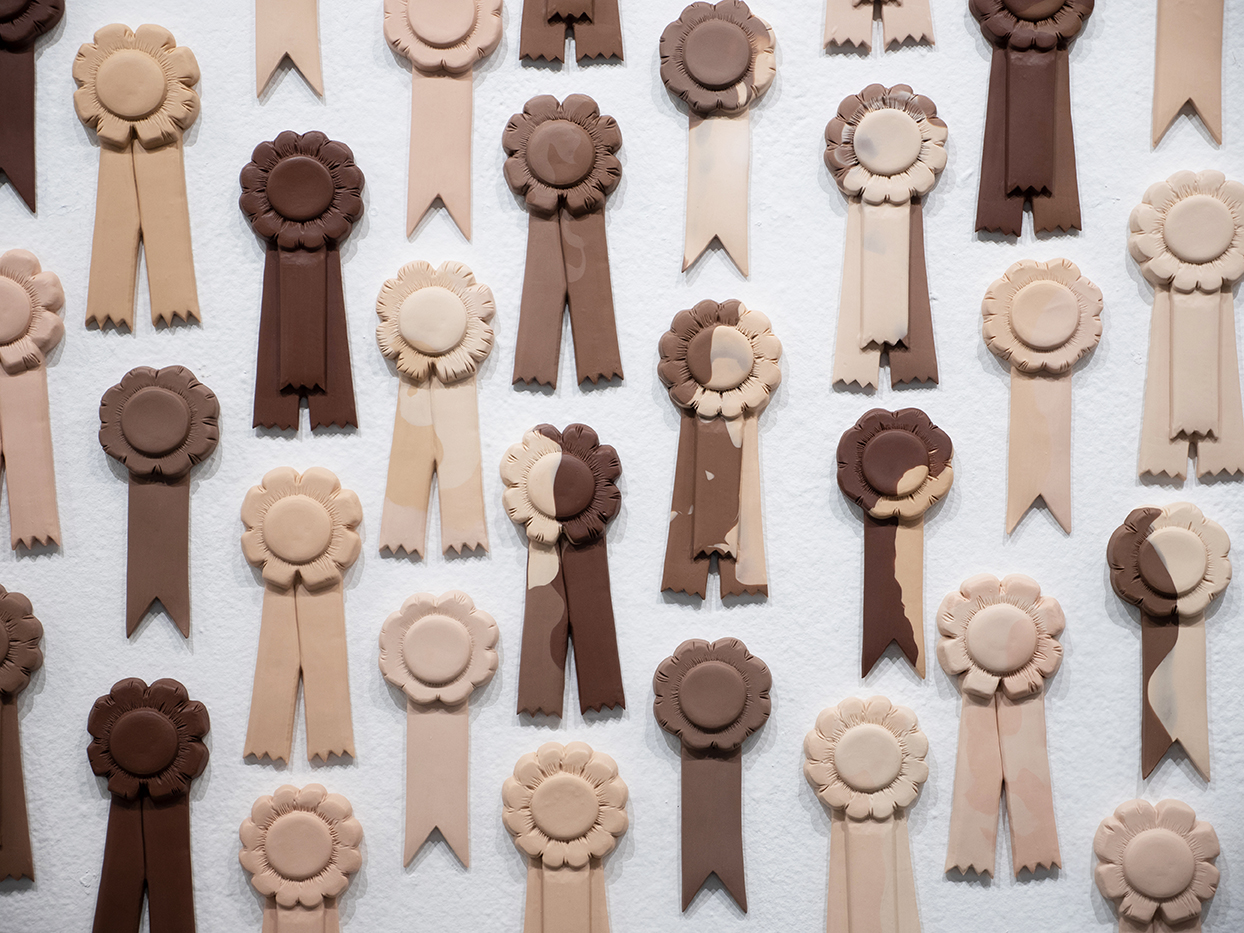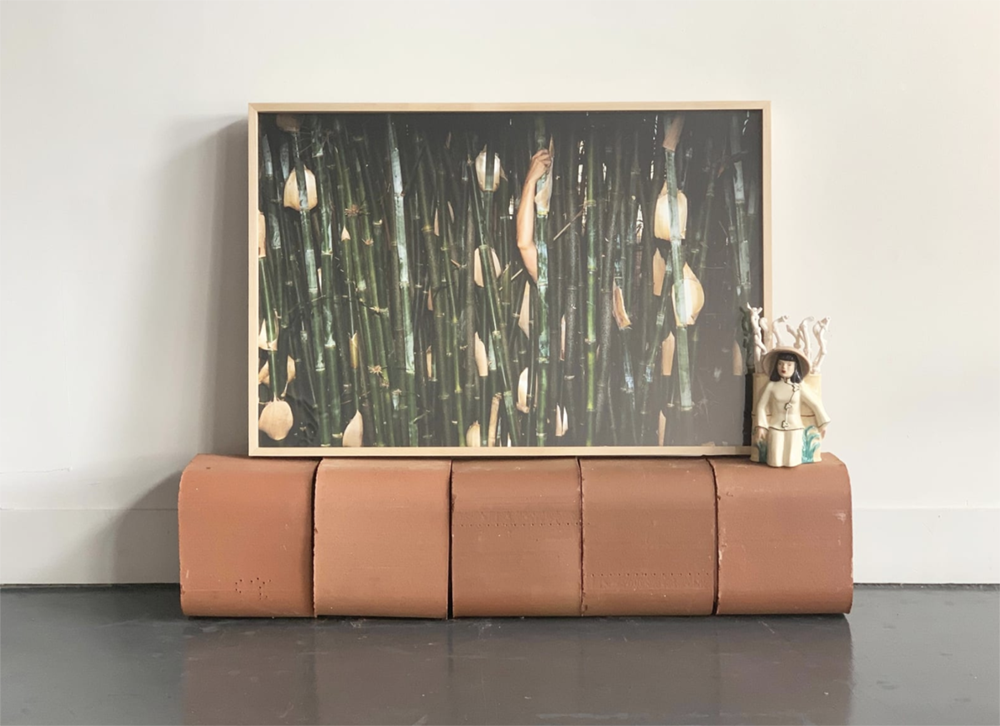Now You See Me at Foto Relevance // Jennifer Ling Datchuk
This week, I’m honored to feature six artists who I had the privilege of curating into the group show Now You See Me at Foto Relevance, in an effort to offer a glimpse into the vast complexity and nuance of Asian America. While diverse in their image-making, the artists share a common thread: an urge to be seen and recognized through personal narratives put forth on one’s own terms. As viewers, the intricacies and variations in these narratives help us resist a monolithic interpretation of what being ‘Asian American’ signifies, stretching the term beyond its colloquial, demographic meaning (American citizens of Asian descent) and into a realm that pays homage to its activist roots. In 1968, a group of students at UC Berkeley—many who were influenced by and stood with the Third World Liberation Front, the Black Power movement, and the anti-Vietnam War movement—coined the phrase ‘Asian American’ as an iconic act of political self-determination. As the activist Chris Iijima said, “It was less a marker for what one was and more for what one believed.”
The exhibition is up at Foto Relevance through November 13th, but I hope you’ll join me in celebrating the artists and their stories for a long while to come. – Erica Cheung
—
A multimedia artist working with everything from ceramics to embroidery to photography, Jennifer Ling Datchuk examines elements of and interactions among femininity, fragility, and identity. These tensions manifest themselves through the artist’s unexpected and quotidian uses of porcelain, which pay homage to, yet also subvert, the legacy, tradition, and poise attributed to Chinese ceramics. With storied materials, Datchuk and her pieces spark discussions on globalized politics, cultural cross-pollination, and the commodification and gendering of beautiful things.
As a member of the Asian diaspora, I find so much joy and resonance in Datchuk’s works. I deeply appreciate the fluidity with which the artist moves between the traditional and the contemporary, using motifs from both worlds to shrewdly critique and apply pressure to the other. An interview follows.
Jennifer Ling Datchuk is an artist born in Warren, Ohio and raised in Brooklyn, New York. Her mother came to this country in the early 1970s from China; her father born and raised in Ohio to Russian and Irish immigrant parents. Beyond initial appearances, the layers of her parents’ past and present histories are extremely overwhelming and complicated – a history of conflict she has inherited and a perpetual source for her work. She captures this conflict by exploring the emotive power of domestic objects and rituals that fix, organize, soothe and beautify our lives. Trained in ceramics, the artist works with porcelain and other materials often associated with traditional women’s work, such as textiles and hair, to discuss fragility, beauty, femininity, intersectionality, identity and personal history.
She holds an MFA in Artisanry from the University of Massachusetts Dartmouth and a BFA in Crafts from Kent State University. She has received grants from the Artist Foundation of San Antonio, travel grant from Artpace, and the Linda Lighton International Artist Exchange Program to research the global migrations of porcelain and blue and white pattern decoration. She was awarded a residency through the Blue Star Contemporary Art Museum to conduct her studio practice at the Künstlerhaus Bethanien in Berlin, Germany and has participated in residencies at the Pottery Workshop in Jingdezhen, China, Vermont Studio Center, European Ceramic Work Center in the Netherlands and Artpace in San Antonio, Texas. In 2017, she received the Emerging Voices award from the American Craft Council and was named a United States Artist 2020 Fellow in Craft. She is an Assistant Professor of Ceramics at Texas State University and lives and maintains a studio practice in San Antonio, Texas.
—
My work has always been an exploration of my layered identity – as a woman, a woman of color, as an “American,” as a third culture kid.
I live at the intersection of being neither fully Chinese or Caucasian, a sense of being inbetween, seen as an imposter on either side. The constant question about my appearance – So, what are you? – has driven a series of different answers in my work over time. I explore this conflict specifically through porcelain, a nod to my Chinese heritage, but also a representation of “pure” white, a desire reflected in both cultures. Porcelain allows me to speak in dualities, especially of fragility and resilience and ultimately the struggle between diversity and the flawless white body.
Trained and educated traditionally in ceramics, my practice evolved from sculpture to mixed media as I began to focus on domestic objects and the feminine sphere. Handwork and hair both became totems of the small rituals that fix, smooth over, and ground women’s lives. Through these materials, I explore how Western beauty standards influenced the East, how the non-white body is commodified and sold, and how women’s – globally, girls’ – work is still a major economic driver whose workers still struggle for equality.
Americans are being confronted with their icons, their fetishes, their appropriations and have a constant desire for authenticity. Most of the objects we access are designed, produced, manufactured, sold, and consumed without conscious knowledge of the source. Working with porcelain, blue and white patterns, stereotypically Asian motifs, textiles, video, and photography allows me to examine what we see as our “dominant” material culture. Bound by these conditions, I stitch together my individual nature, unravel the pressures of conformity, and forever experience pain in search of perfection. —Jennifer Ling Datchuk
Thank you so much for taking the time to interview with me/Lenscratch! How have you been doing as of late? Where are you writing us from?
I’m doing okay here in San Antonio. Trying to balance a complicated online/hybrid teaching schedule, carve out some time to research and make new work, and curb my anxiety from this current election.
How did you come to include photography in your art practice? Why photography?
I am traditionally trained in ceramics and was always looking for ways to challenge my 3D practice. My work has always been an exploration of my layered identity – as a woman, a woman of color, as an “American,” as a third culture kid. I make work about these experiences and felt for it to be authentic, that I had to be the performer and model. I wanted to move beyond making an object and displaying it on a blank white pedestal and give the pieces more context. I think about how clay has a direct connection to the body through its descriptive language. We describe pots by their foot, lip, neck, shoulder and body and I wanted to create sculptures that interact with the body. Photography became a way for me to document the performance and express the fragility and strength of porcelain and the body. The objects I create in porcelain like eyebrows and knuckle rings are ways to think about how we adorn and decorate surfaces of ceramics like we do with our bodies. In many ways I think about how we can manufacture identity through this adornment.
My curation of Now You See Me at Foto Relevance is an effort to call attention to Asian American voices. What does the label ‘Asian American’ mean to you, and what does it mean for your art practice?
I think about how I am only Asian American because half my family had to leave mainland China and then British controlled Hong Kong for a better life in the United States. Their intergenerational trauma is stored deep in my DNA and through my work I can tell their stories. For a long time, I was not included in exhibitions about the Asian American experience and I was always sitting in a corner waiting for someone to acknowledge my experiences of being biracial but also the daughter of an immigrant. Millennials are the most racially diverse generation before us and we often have to choose our labels but regardless of being half or both, I am still Asian American. This label is a connection to my family.
How do other facets of your identity gel with, conflict with, and generally intersect with your Asian American-ness (if at all)? Do these additional identity markers influence the way you approach your work and/or the world at large?
Americans are being confronted with their icons, their fetishes, their appropriations. Most of the objects we access are designed, produced, manufactured, sold, and consumed without conscious knowledge of the source. I am interested in researching material and pop culture and how Asian labor plays a huge role in creating objects that we consume. Sometime that keeps coming back into my practice is the phrase “Made in China” and how it has become a statement that equates cheap and poorly made. I wonder why their labor is any less than that of American labor when corporations have been prioritizing profits over people for a very long time. I approach this in my work by mining the history of Chinese porcelain objects to critique current culture.
Your use of porcelain guides us in examining elements of fragility, beauty, femininity, and cultural belonging/othering through tactile means. How did your relationship to porcelain come about? Why porcelain?
Porcelain allows me to speak in dualities, especially of fragility and resilience. It was first discovered in Jingdezhen, China over 2,000 years ago and working in it is a connection to my Chinese heritage. This white clay was coveted all over the world and at one point worth more than the price of gold. I use this as a metaphor for whiteness and a desire for whiteness as a privileged racial class.
I’ve traveled to Jingdezhen to research the history of porcelain and blue and white pattern decorations in 2006, 2010, 2015, and 2018. With each trip I learn more about my culture and what it means to be Chinese. I travel there to research and make work but it is often the interactions and conversations with the artisans, craftspeople, and locals that I cherish the most and why I keep going back. Their stories become embedded in the work.
Walk us through the story behind one of your pieces that will be on view at Foto Relevance?
My “Blue and White” series are photographs of me wearing blue and white porcelain eyebrows. Sitting by the photographs are small porcelain trays with the eyebrows in them as thought these beautiful arches were plucked from the vessel. During a trip to Jingdezhen, China to research blue and white decoration, I walked into a tattoo shop that specialized in makeup. You can get your eyebrows tattooed and pick an eyebrow shape, color, arch, and width. I was familiar with makeup tattooing because my mother and aunties all had tattooed eyebrows, often too dark and very thick, that left their face with a permanent surprised expression. This tattoo shop had their eyebrow choices named after Disney princesses and you can pick Sleeping Beauty, Cinderella, and Jasmine based off the size, shape, arch, and tail of the eyebrow shape. This is when I saw how beauty standards of the West have traveled East like how blue and white cobalt patterns traveled East to West. I saw how global migrations of beauty have crisscrossed the world and I wanted to show this through portraiture and porcelain.
What has been one of your favorite reactions or responses that someone has had to your work?
“G.O.A.T. Girls” is a piece made of multiple porcelain ribbons on the wall. These are made from doll porcelain tinted to represent different skin shades and colors. I created mixed skin color ribbons to represent ribbons for girls who couldn’t find a doll that looked like them. It was installed at Women and Their Work in Austin and I got so many messages of young girls who would try to find their skin color on the wall.
Whose work are you looking at and thinking about (from the Asian diaspora or otherwise, photographic or otherwise)?
Forever and long-time inspirations for me have been Mona Hatoum, Lorna Simpson, Deborah Willis, and Ai Wei Wei. In school, I didn’t learn about Asian artists, only Asian art work through an encyclopedic lens. I was searching for stories about identity and owe a lot of my art education and inspiration to artists of color.
What are you looking forward to? What’s next?
I am looking forward to this election being over and hopefully under new leadership with someone stable and compassionate. I am looking forward to the pandemic being over as my post-Covid list of things to do has gotten longer and longer. For the first time in months I am excited about making work again. It took me a while to get there as I questioned the purpose of making art in an uncertain time but realized that artists are so important to creating the visual documentation of this time. I am researching for a new body of work called “later, longer, fewer” a statement found on a Chinese propaganda poster about birth control and fertility.
Posts on Lenscratch may not be reproduced without the permission of the Lenscratch staff and the photographer.
Recommended
-
Salua Ares: Absense as FormNovember 29th, 2025
-
Ricardo Miguel Hernández: When the memory turns to dust and Beyond PainNovember 28th, 2025
-
Pamela Landau Connolly: Columbus DriveNovember 26th, 2025
-
KELIY ANDERSON-STALEY: Wilderness No longer at the Edge of ThingsNovember 19th, 2025
-
Jackie Mulder: Thought TrailsNovember 18th, 2025

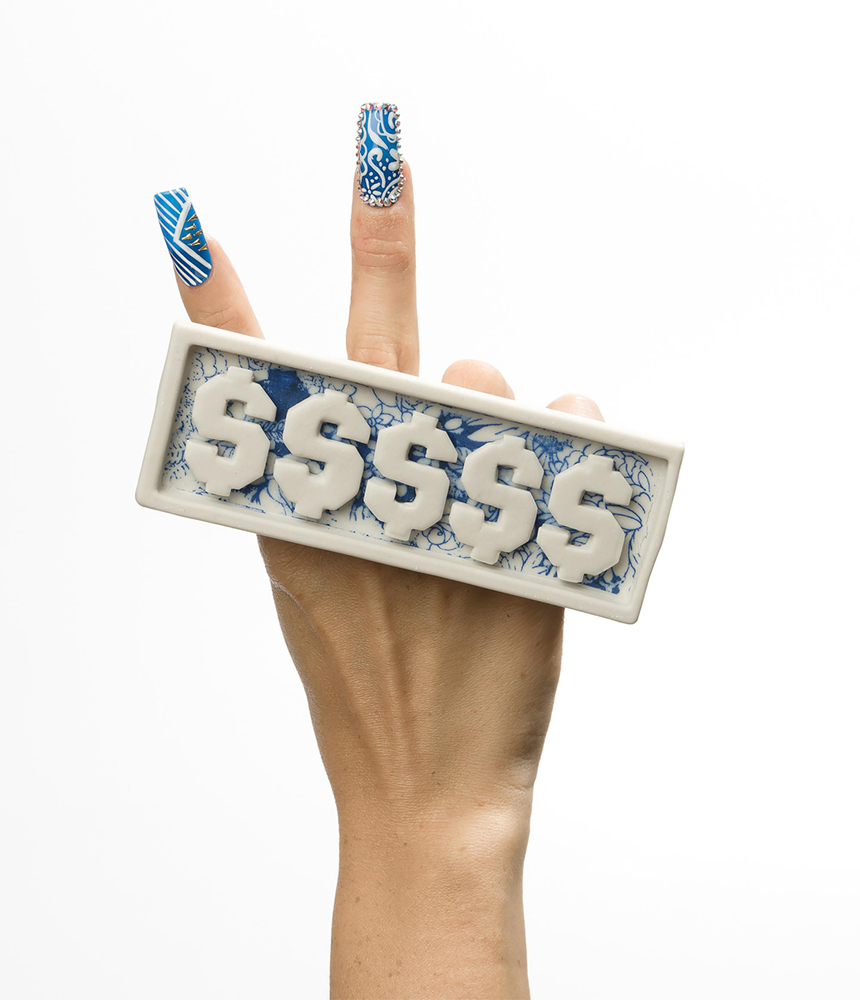
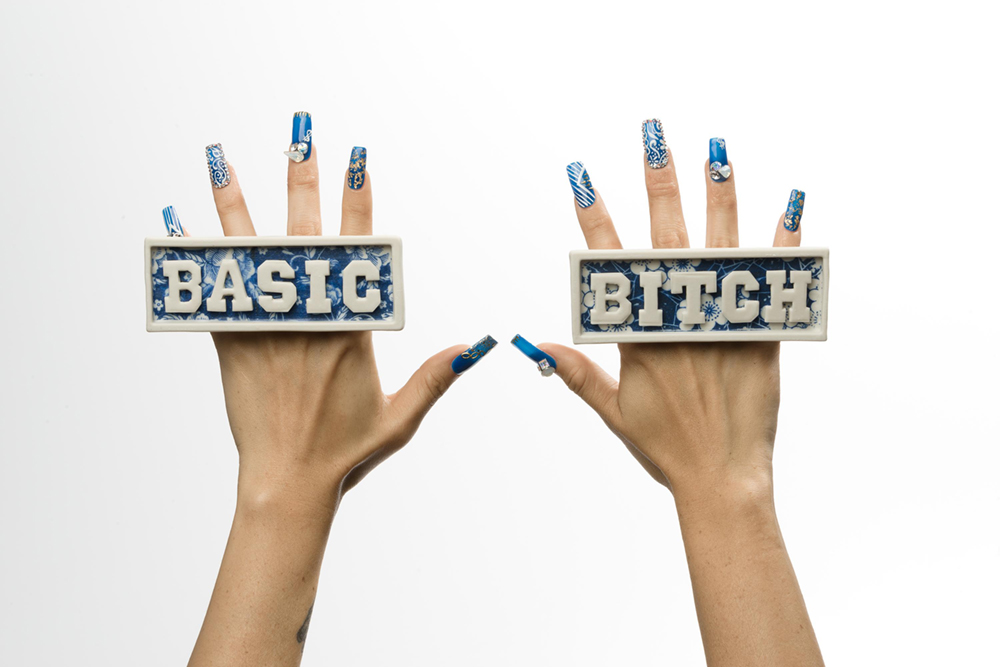
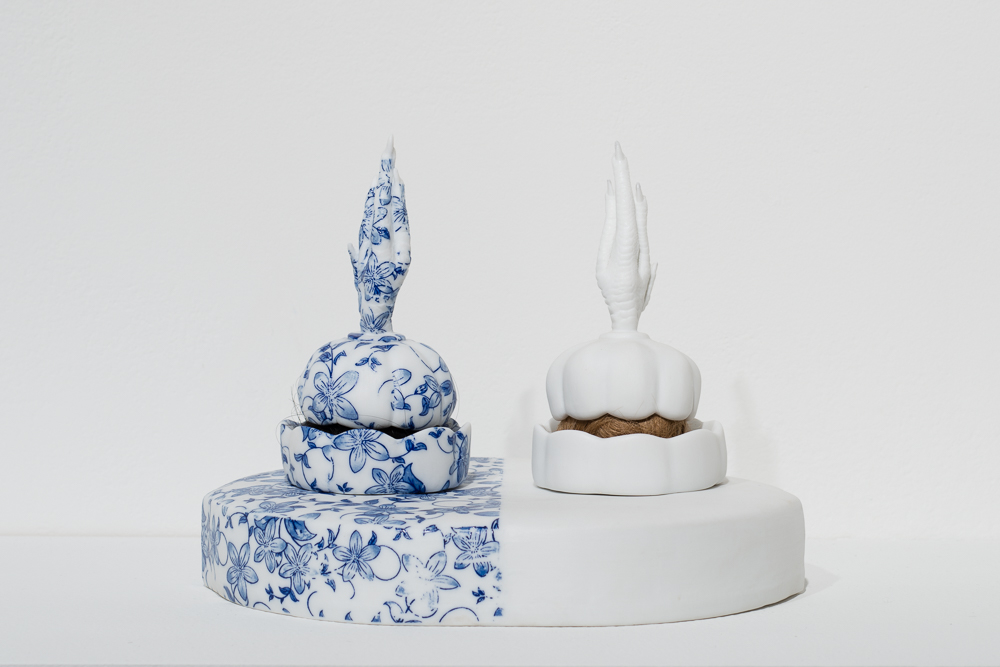
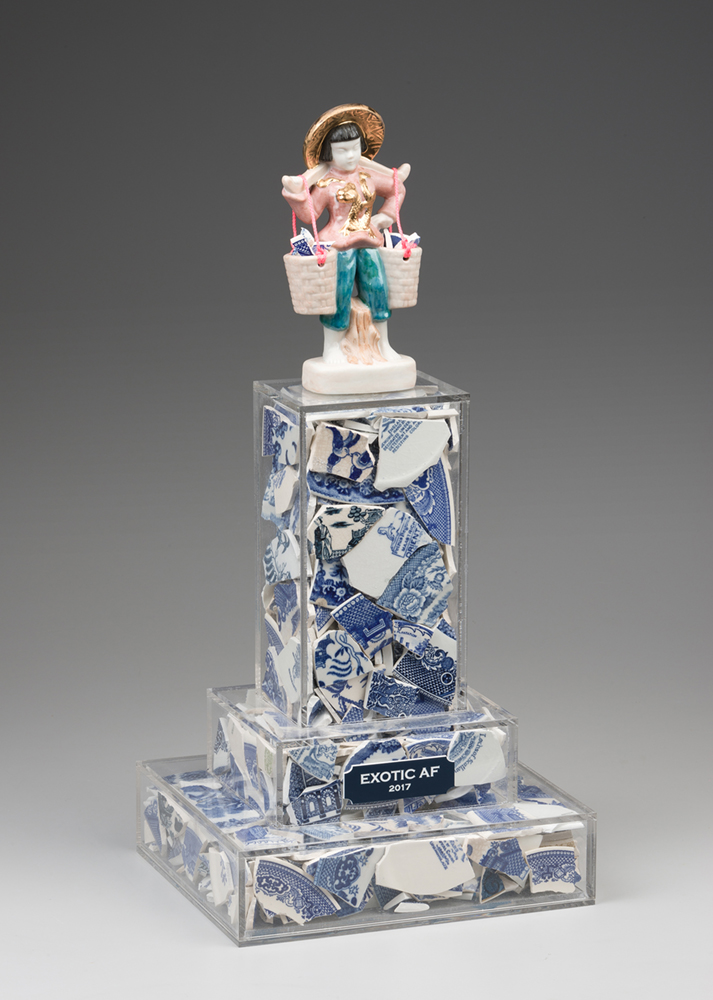
![datchuk_jennifer_blackwerk [smaller]](http://lenscratch.com/wp-content/uploads/2020/10/datchuk_jennifer_blackwerk-smaller.jpg)
